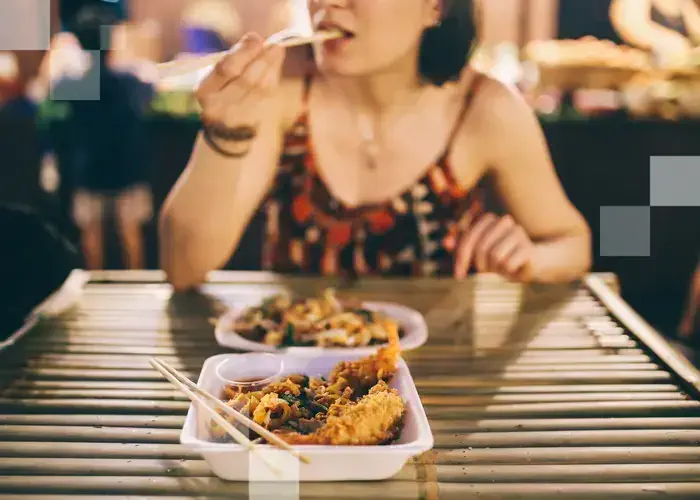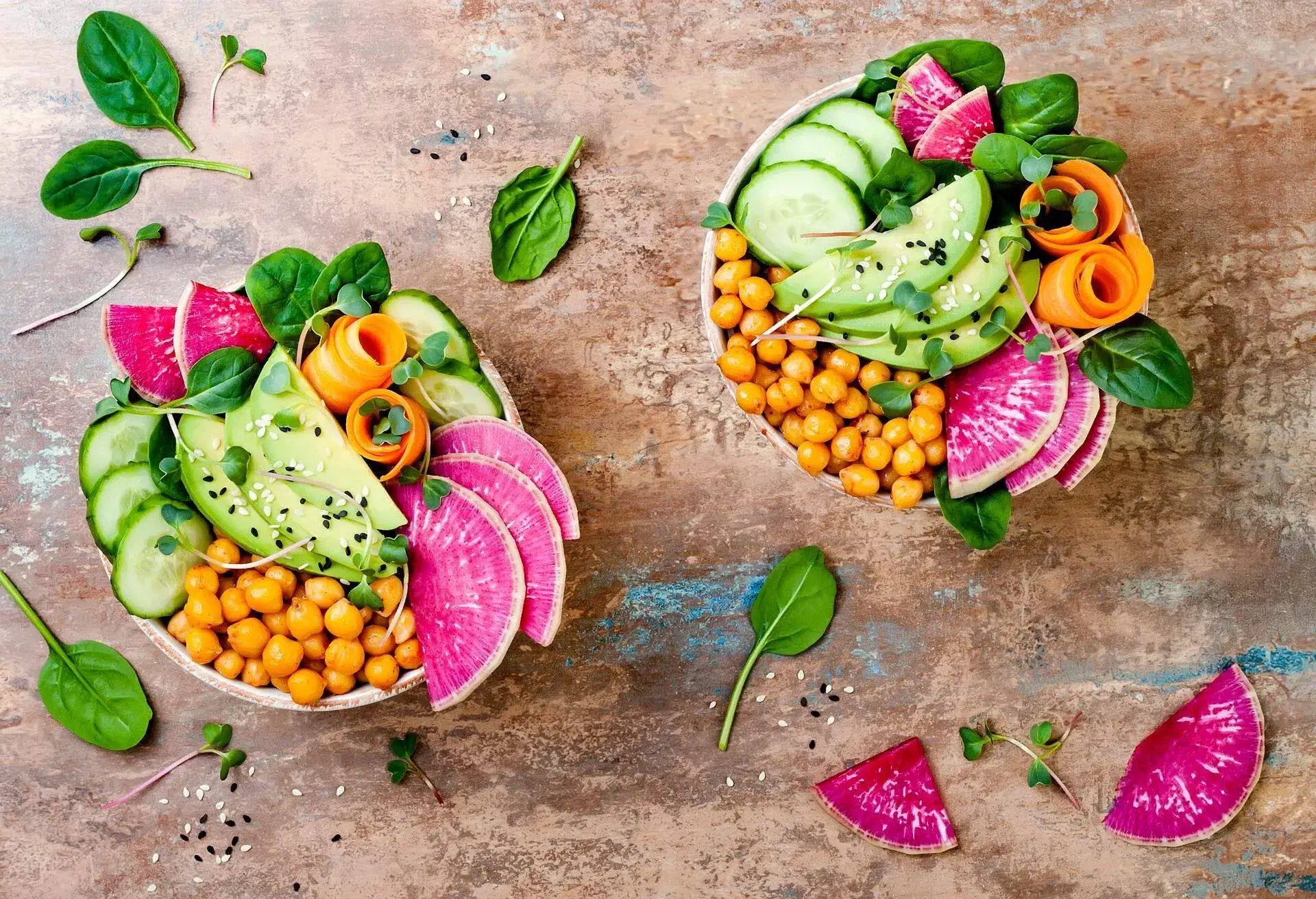If travelling the world and blowing your head off with the hottest dishes our planet has to offer sounds like your idea of a good time, then this is the list for you.
From the Caribbean to China, we’ve rounded up 10 destinations that are a must for any spice-loving fiend, and listed delicacies from each country that promise to make you sweat.
India
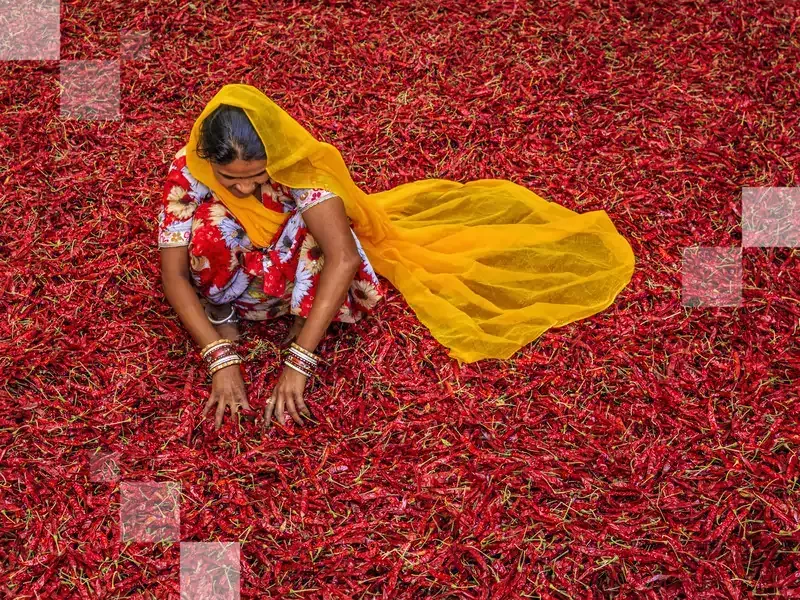
Dish: Bhut jolokia aka ghost pepper
Fire rating: It hits 1 million+ heat units on the Scoville scale, and is measured 400 times hotter than Tabasco
What is it: Bhut Jolokia is essentially a hybrid chilli pepper found in Northeastern India, and it’s potent; so much so, some smear them on fences or incorporate them in smoke bombs to keep wild elephants away. Packing a ridiculous heat for such a small plant, they’re usually no more than a couple of inches long, with a red, yellow, orange, or chocolate colour. Ghost pepper’s tend to be used in both fresh and dry forms, normally blended into curries, pickles and chutneys.
Watch out for it in the Goan Vindaloo – an Indian curry introduced to India by Portuguese colonists – for it will generally incorporate these bad boys in the paste.
Hot tip: Do not eat them raw.
1
Thailand
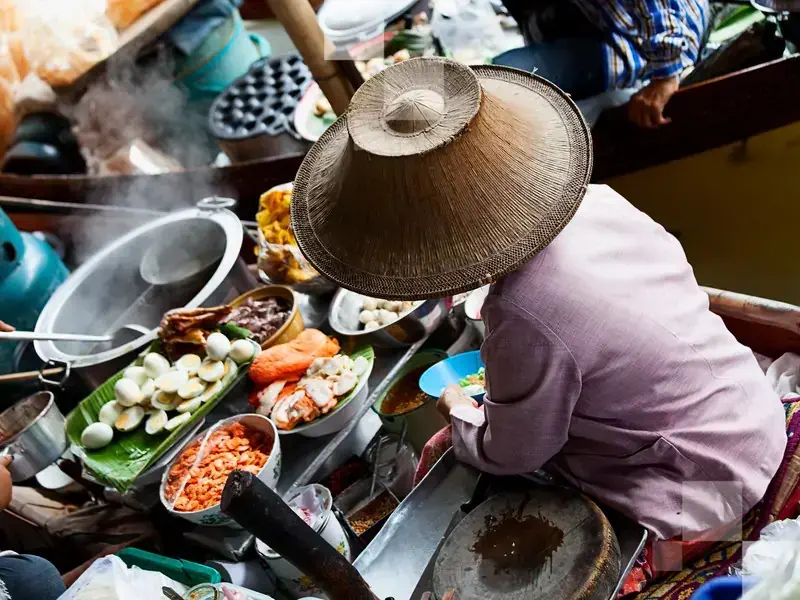
Dish: Gaeng som pla or gaeng leung, if you’re in Bangkok
Fire rating: Flaming
What is it: Gaeng som is essentially a yellow-coloured sour fish soup that’s been dipped in fire. Well, not literally, but seeing as the paste is made from small green bird’s eye chilies – also known as dynamite chilies – it certainly feels as though you’ve got a ball of flames in your mouth.
For those who can handle the heat though, the soup is staple Thai comfort food. Normally, it builds on a liquid fish base, though some use fish eggs, to which the chili paste, tamarind and ingredients like papaya, mixed vegetables and edible flowers are added.
Thailand’s neighbours have incorporated this dish into their national cuisine too. Lao’s version is called kaeng som and uses lemongrass, while Kelantan – the Malaysian state next to Thailand – loves kaeng som no mai dong, a variation with pickled bamboo.
Hot tip: Kai Yang Isan makes for a good side dish; it’s basically grilled chicken and helps to take the heat off.
1
Mexico
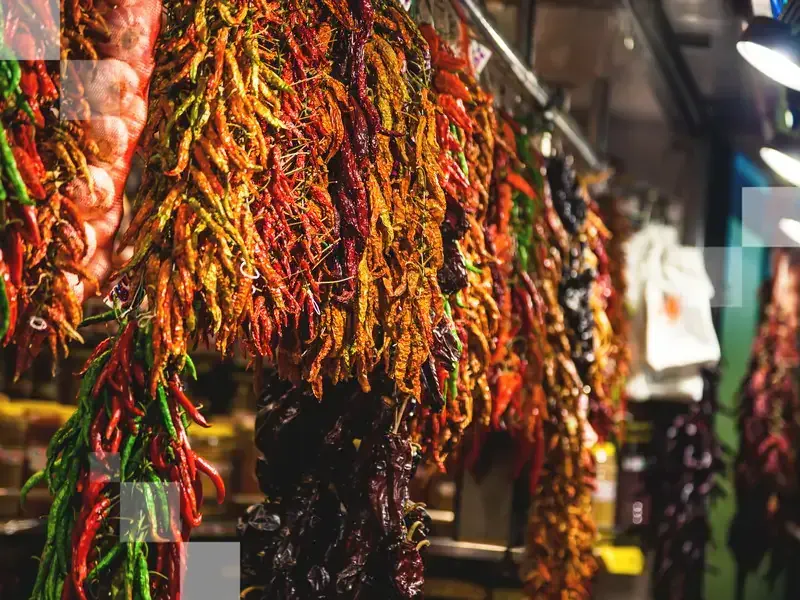
Dish: Aguachile
Fire rating: Hot. Scorching if you use habanero chilis rather than jalapeños.
What is it: Ceviche, basically. It’s made with raw shrimp, lime juice, chillies, cucumber and onion – served immediately, totally raw, which is what makes it different to your standard ceviche. The classic version is generally made with jalapeños or serrano peppers, which have been pulverised into a sauce under which the other ingredients are served (hence the name aguachile – chili water).
However, if you really want to spice things up, some restaurants will incorporate habanero chilis into the juice instead. Habaneros are mini green chilis, and like our Indian ghost pepper friends, they’re seriously spicy. These little guys rate between 100,000-350,000 on the Scoville scale, and they can be found in dishes throughout Central and South America.
Hot tip: If you’re making this at home, take the seeds out to bring the heat down a few notches.
1
Indonesia
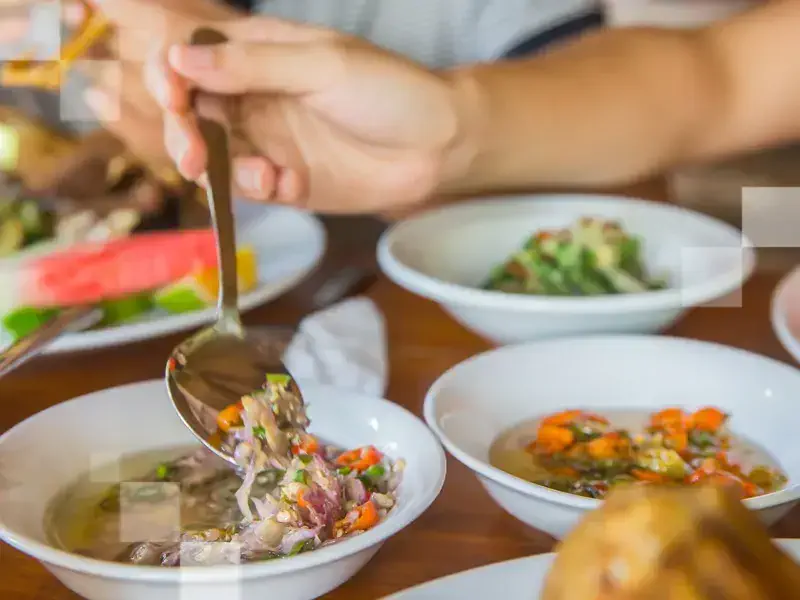
Dish: Pedas Mampus
Fire rating: It contains 150 chilies, so … pretty damn hot.
What is it: This dish is specific to a street food stall in Jakarta, yet has still managed to gain a worldwide reputation for being the hottest, burn-your-tongue-off-and-then-some noodle dish to grace this sweet planet.
Loaded with MSG, this isn’t health food by any stretch of the imagination. The dish is a somewhat ridiculous take on Indomie, a brand of instant noodles produced in Indonesia. The noodles are then doused in cabe rawit – aka chilli padi or bird’s eye chili – 150 of them, to be exact.
Hot tip: The restaurant is called Abang Adek, and there are quite a few reaction videos online, so you can get an idea of the pain in store before you try.
1
Sri Lanka
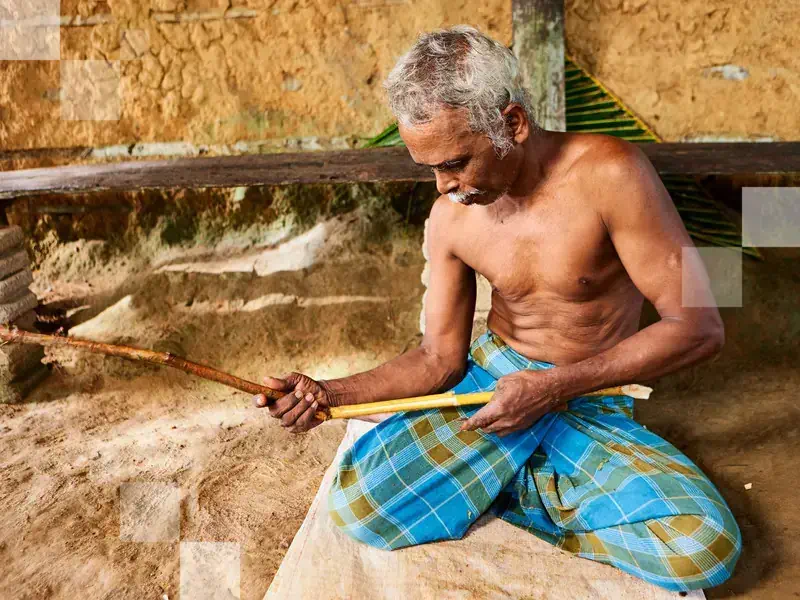
Dish: Nai miris, pol sambol
Fire rating: 1 million on the Scoville scale
What is it: Although we’re kind of cheating here, for nai miri is but another name for those inhumanly hot ghost peppers we talked about earlier, typical Sri Lankan cuisine takes a lot of influence from South Indian dishes.
One use for the nai miris that’s Sri Lanka specific, however, is a dish called pol sambol, which is mostly used as an accompaniment to rice, string hoppers, and rotti. Boasting a unique flavour that can take a little while to adjust to, the dish is made from scraped coconut and mixed with well ground dried chilis, red onion, Maldive fish (cured tuna), lime juice and salt.
Hot tip: Make like a local and eat it for breakfast.
1
Korea
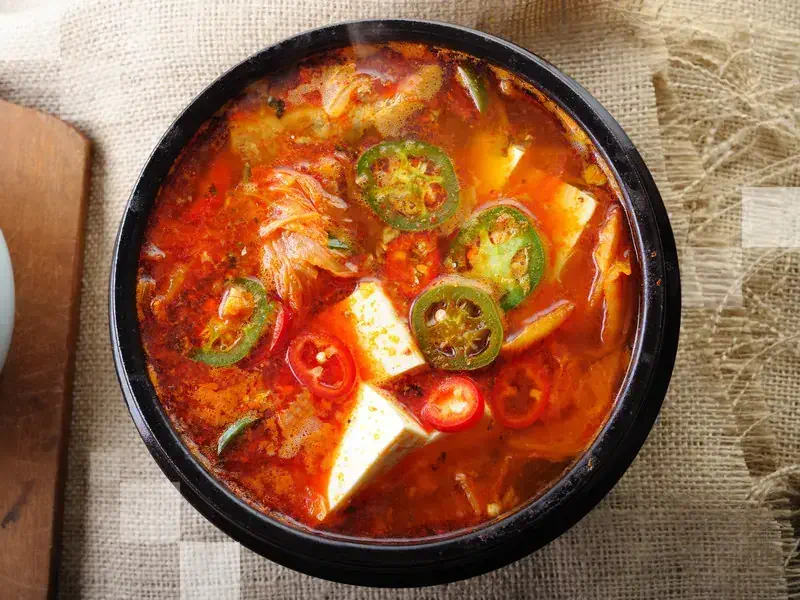
Dish: Nakji Bokkeum
Fire rating: Searing
What is it: You’ll find yourself flirting with the thin line between pleasure and pain with Nakji Bokkeum, a stir-fried octopus dish that has become a stomach-piercing Korean delicacy. If we’re being honest, the dish’s prominent seasonings – chili, garlic and pepper – contribute more to the taste than the octopus, but that’s probably to be expected when dealing with a dish of this ferocity.
A relatively new addition to Korean cuisine, Nakji Bokkeum’s popularity has grown significantly since it was introduced in 1965.
Hot tip: Many eat it with shellfish soup, which helps to calm down the hotness.
1
Japan
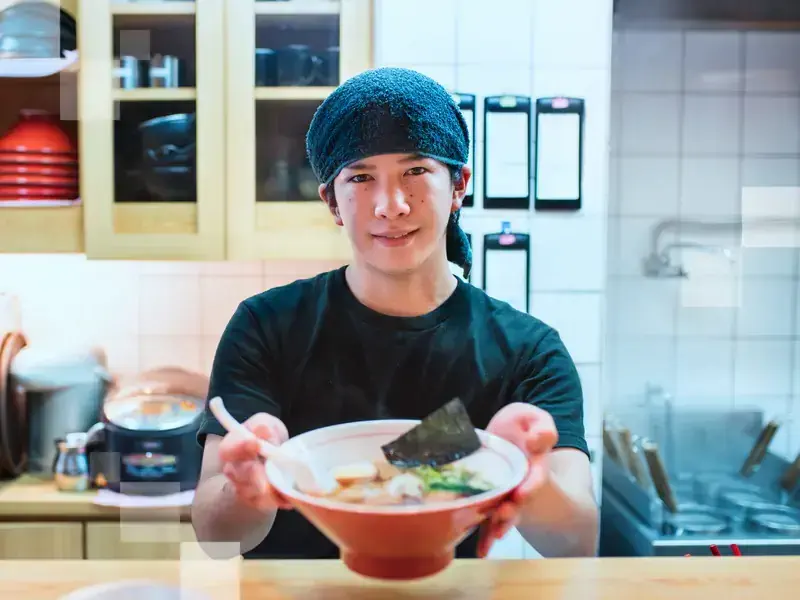
Dish: Karashi Renkon
Fire rating: Hot, hot, hot
What is it: If you’re in Japan and looking for something different that’ll totally turn the heat up, you might want to consider giving Karashi Renkon a try. If you split the name in two, Karashi is a type of extremely spicy mustard, and Renkon is the tasty lotus root you’ll find in many Japanese dishes. This specific food involves filling all the gaps in a renkon with the karashi mustard, and then wrapping it in batter. It looks like a sweet treat, but this little parcel will blow your socks off.
Hot tip: Cut the Karashi Renkon into slices before you eat it.
1
Jamaica
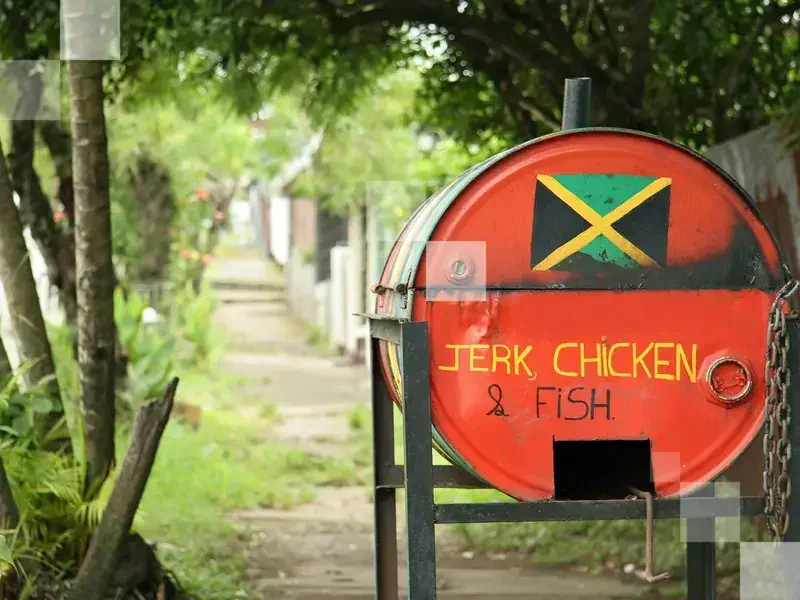
Dish: Jerk everything
Fire rating: Lip numbing
What is it: Although you’ve certainly heard of Jerk Chicken, you might not know that “jerk” generally refers to the manner in which the meat is prepared. The name became a verb, “jerking”, which essentially means poking holes in meat so a spice marinade can permeate throughout. The method dates back hundreds of years, and now you can find jerk haunts all over the Caribbean islands, though Jamaica is seen as the originator.
Traditionally, Jamaican jerk spice relies upon two items: allspice (or pimenta) and scotch bonnets – chili peppers that rank between 80,000-400,000 on the Scoville scale. They’re not the hottest on this list, but they still certainly pack a mean punch.
Hot tip: Mango salsa makes a great, sweet, spice-countering side dish.
1
Ethiopia
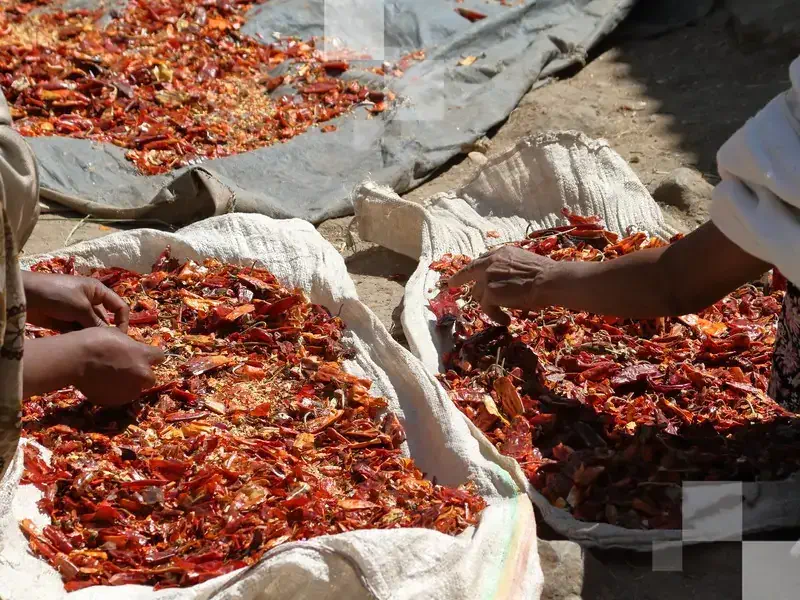
Dish: Berbere
Fire rating: Tingle
What is it: Berbere is actually a spice mix rather than a dish, but it’s so entwined in the world of Ethiopian cuisine that it deserves a standalone shoutout. Perhaps one of the most complex blends in the world, over 30 spices go into perfecting this fiery African flavour. And of course, chili peppers are the star of the show.
Berbere blend goes into many dishes, so expect to find it used as a dry rub for meats, a seasoning for stews, lentils and grains, or even as a dry powder table condiment.
Hot tip: Readily available outside of Ethiopia, blend Berbere with passata, honey and salt for a bangin’ BBQ marinade.
1
China
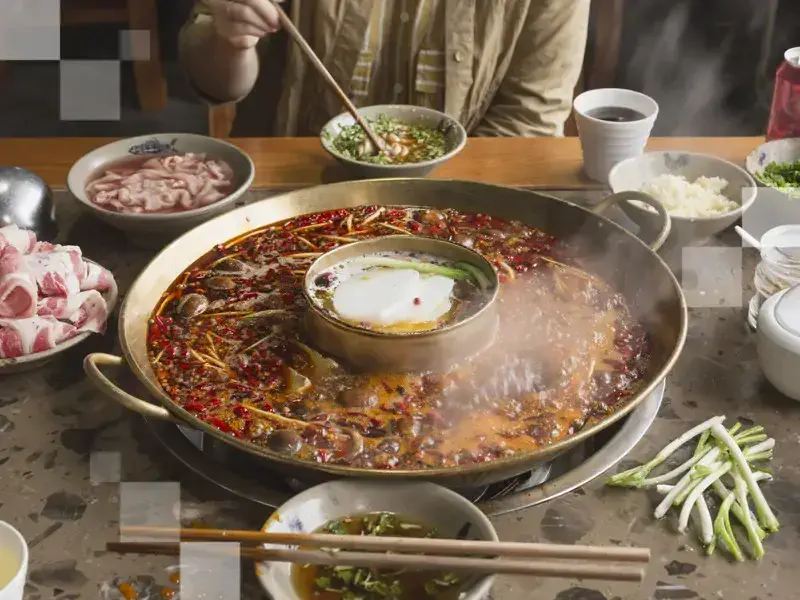
Dish: Chongqing Hot-Pot
Fire rating: Fierce
What is it: Sichuan as a region is renowned for its hot food, and the city of Chongqing is said to be the birthplace of the spiciest Sichuan hotpot of them all – so much so that the dish is now synonymous with the city.
In a nutshell, the the dish is a bowl of boiling, spicy soup, which uses meat offcuts such as ox stomach, duck intestine and pig artery, along with beef tallow, and drowns them all in more chili and Sichuan pepper than most humans can handle.
Hot tip: In the region, hot pot is as much a verb as it is a noun – it’s referred to as a celebration, a party, a point of gathering. So grab your nearest and dearest and suffer through the sweat together.
1
Note: These rates are based on the most recent data pulled from KAYAK.co.uk, the cheapest prices are always displayed first, regardless of specific dates mentioned. The prices are quoted in GBP. Flight prices are based on results for a return economy flight search. Hotel prices are for double occupancy, are per night and include taxes and fees. Prices are subject to change, may vary, or no longer be available.

